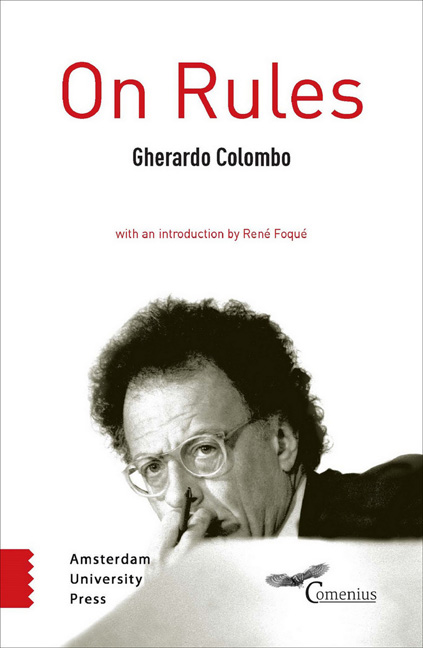Book contents
- Frontmatter
- Introduction: Gherardo Colombo’s Concern for the Democratic State under the Rule of Law: A Work in Progress
- Why?
- 1 An Imaginary Country
- Contents
- Part I The Ambiguities of Justice
- Part II Horizontal Society and Vertical Society
- Part III Towards a Horizontal Society
- Part IV How Do We Get There?
- Conclusion
- Acknowledgments
23 - The Person Comes First
Published online by Cambridge University Press: 24 December 2020
- Frontmatter
- Introduction: Gherardo Colombo’s Concern for the Democratic State under the Rule of Law: A Work in Progress
- Why?
- 1 An Imaginary Country
- Contents
- Part I The Ambiguities of Justice
- Part II Horizontal Society and Vertical Society
- Part III Towards a Horizontal Society
- Part IV How Do We Get There?
- Conclusion
- Acknowledgments
Summary
That the choice of the Constituent Assembly tended towards the horizontal model of society is evident. The overall structure of the Constitution was built around the recognition of the value and dignity of the person.
Since each and every person embodies value, “the Republic recognises and guarantees the inviolable rights of the person, both as an individual and in the social groups where human personality is expressed. The Republic expects that the fundamental duties of political, economic and social solidarity be fulfilled.” And in order to be equally protected, “all citizens have equal social dignity and are equal before the law, without distinction of sex, race, language, religion, political opinion, personal and social conditions.” This is not a statement of principle, but a justiciable law, a pledge that binds institutions. Indeed, “it is the duty of the Republic to remove those obstacles of an economic or social nature which constrain the freedom and equality of citizens, thereby impeding the full development of the human person and the effective participation of all workers in the political, economic and social organisation of the country.” This is exactly the opposite of a vertical society, based on an unequal distribution and the reduction of the individual to an instrument.
The principles contained in these regulations (articles 2 and 3) are the cornerstone of the Constitution. All the rest (originally 139 articles, five being repealed in 2001 by a constitutional revision concerning federalism) represent a definition, in terms of content or form, and an explanation of those founding principles.
After recognising the existence of indefeasible, inalienable, inviolable rights, the Constitution subsequently addresses their definition. This is a crucial step because their number and quality determine to what extent the organisation of life in common is oriented towards the horizontal model of society.
If fundamental rights are weak, if they are badly defined, then a Parliament having a plan to enact laws which restrict the freedoms and the prerogatives of certain sectors of the population will not encounter major obstacles. This is why a defining part of the fundamental bill of rights addresses the definition and description of the indefeasible rights of everyone, among them, the right to personal liberty, freedom of thought, freedom of movement, freedom of religion, work, medical care, and education.
- Type
- Chapter
- Information
- On Rules , pp. 111 - 113Publisher: Amsterdam University PressPrint publication year: 2016



